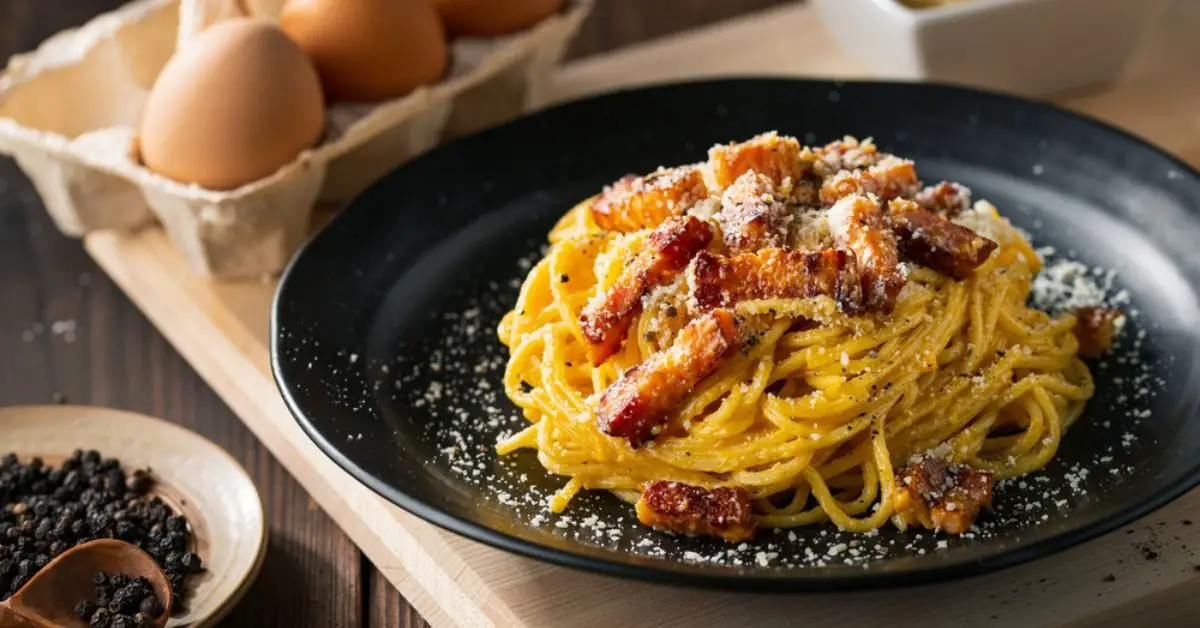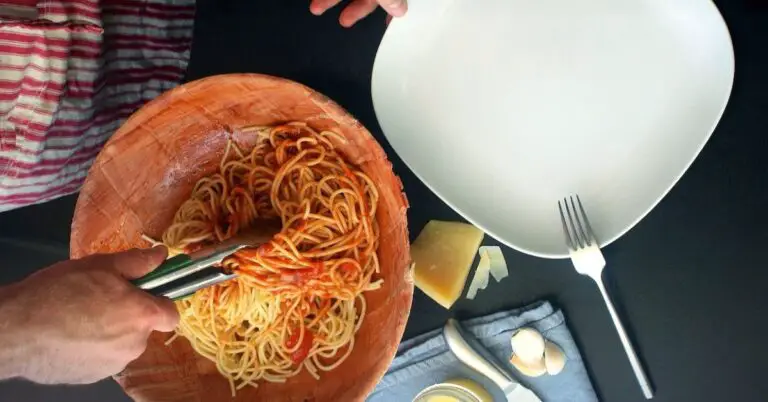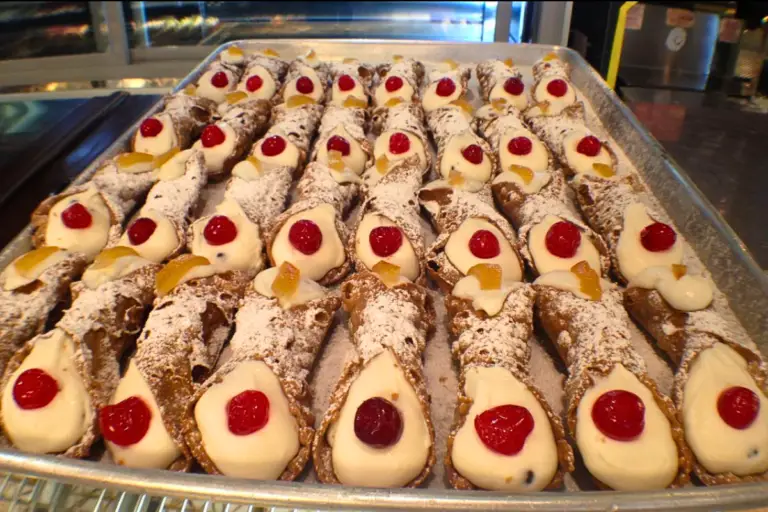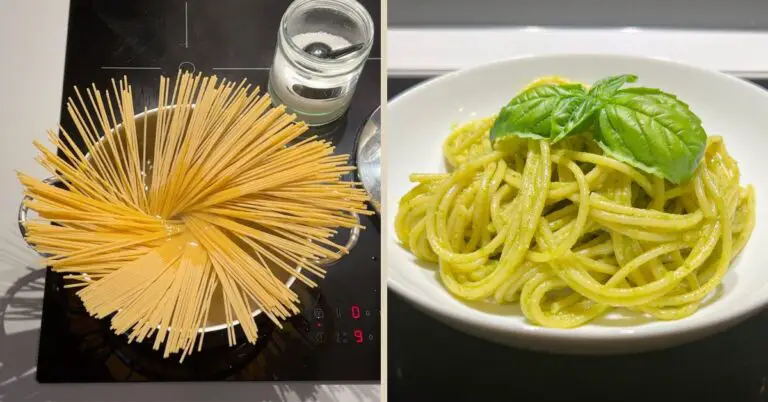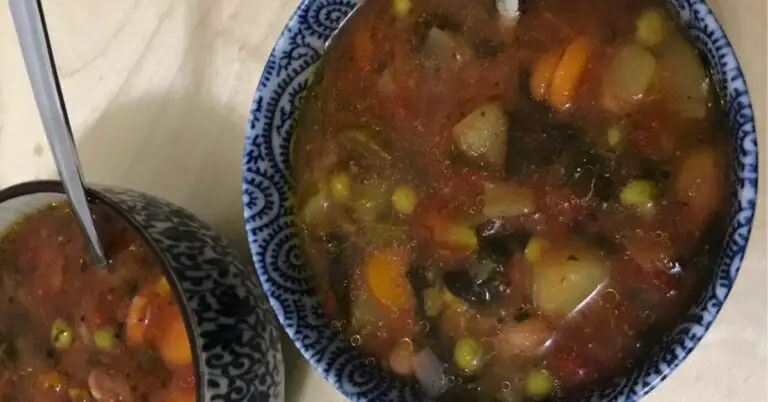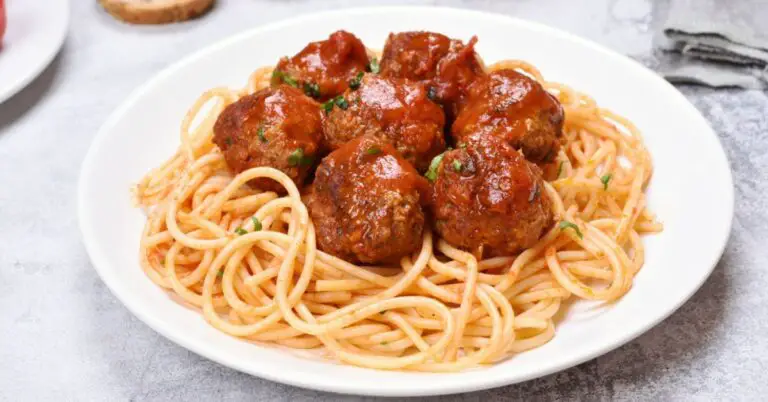A recurring query, not just from those outside Italy but even from within, is: “Does authentic carbonara have cream?“. It’s time to address these questions and shed light on the matter.
Key takeaways
- The cream was once used in carbonara to enhance creaminess, especially when powdered eggs were common.
- In today’s Carbonara recipe, cream isn’t used; in Italy, it’s considered to detract from the traditional flavor.
Modern Italian carbonara recipes primarily call for guanciale (cured pork), egg yolks, abundant freshly grated Pecorino Romano cheese, and a generous sprinkle of black pepper.
Source: www.lacucinaitaliana.it
And here are also the results of a survey conducted on Italians, I thought I would find a higher percentage of ‘unacceptable’.
Survey about Italian Opinions on ‘Including Cream in Carbonara Sauce
| Response | Percentage |
|---|---|
| Acceptable | 23% |
| Unacceptable | 68% |
| Don’t know | 9% |
So, does Italian carbonara have cream? The straightforward answer is no. However, there’s a historical context to why many wonder, “Carbonara cream or no cream?”. Well yes! I’ve done my research.
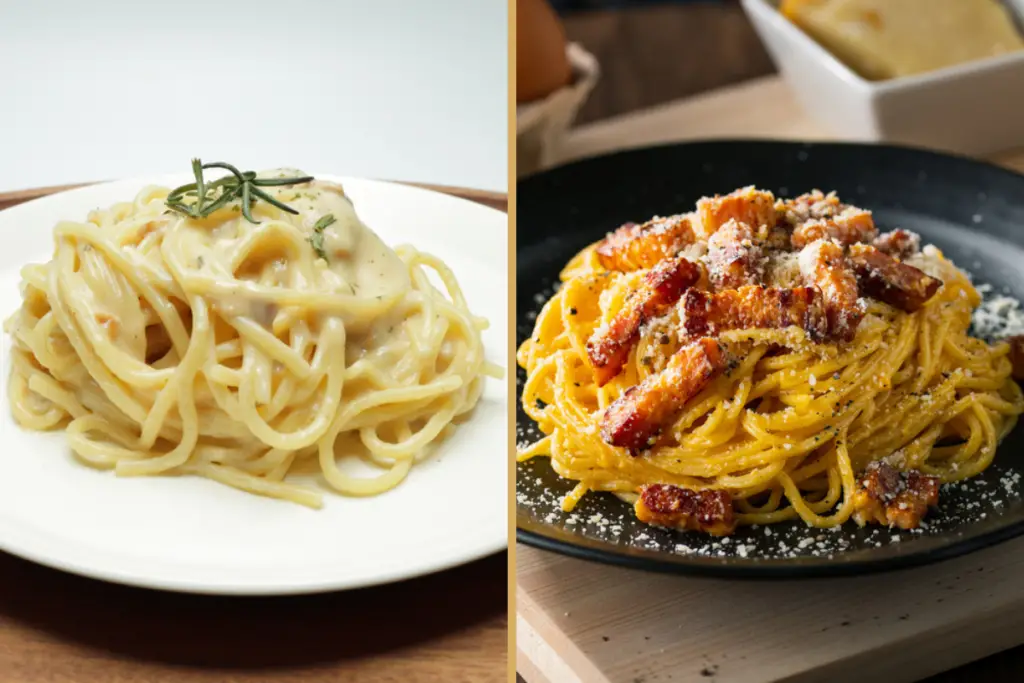
Before the 1980s, cream was a regular feature in many Italian dishes. It wasn’t viewed as detrimental to the dish’s integrity; rather, it was a staple in many pasta recipes. Why has cream been removed from the recipe of the pasta dish most loved by Italians, and why the debate over whether there is cream in carbonara?
Source: www.gamberorosso.it
Discover Italian-American culinary creations that haven’t made it to Italy by clicking here!
The Creamy Historical Context of Carbonara
Post World War II, many available eggs were in powdered form, commonly found in American rations. This powdered variant lacked the moisture and fat that fresh eggs provide, prompting many to ask, “Is carbonara supposed to be creamy?” This was the era where half and half cream found its way into carbonara, providing the needed creaminess.
Esteemed gastronomes, like Veronelli, even confirmed the use of cream in pasta carbonara in writings like his 1971 book “In Cucina con allegria”. The cream’s popularity in Italy surged post-war, possibly because of the newfound ability to afford such rich condiments.
Source: www.repubblica.it
Even renowned chefs like Gualtiero Marchesi didn’t shy away from the creamy variant. In his 1989 series “La Cucina Regionale Italiana“, Marchesi introduced spaghetti carbonara laden with a notable amount of cream – specifically about 1 cup of fresh cream for approximately 11 ounces of pasta.
Why Has Cream Been Phased Out of Modern Carbonara?
Cream began to disappear from Italian dishes in the second half of the 1990s. A black period began for cream, in which it was criticized and discouraged in cooking, especially in pasta sauces.
In fact, as early as the 1950s, two methods of cooking spaghetti carbonara developed.
- The popular one used local ingredients and eschewed unfamiliar products; in fact, it did not include cream.
- The bourgeois one looked to France and still included cream in carbonara to help the sauce.
This makes us understand that Carbonara was and is still today a fluid recipe, perfected over time according to the ingredients of our region, the Roman region.
So, the real Italian carbonara recipe as we know it today has moved away permanently from cream, as this ingredient is not typical of the Roman territory.
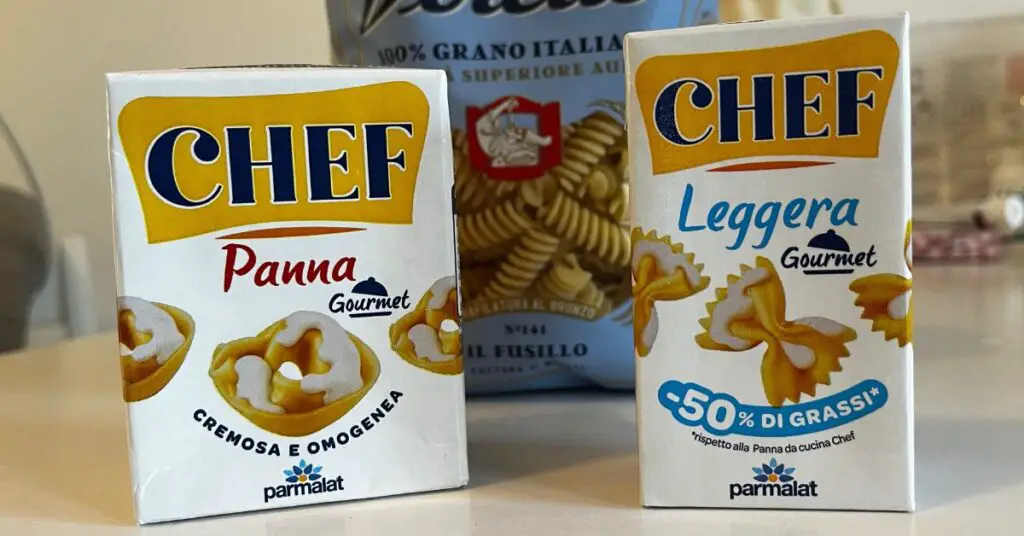
By the latter half of the 1990s, cream started its descent in Italian culinary circles. It began to face critique and its use was discouraged, especially in pasta dishes. As early as the 1950s, two predominant methods of preparing spaghetti carbonara emerged:
- The local or popular method, relies on regional ingredients, explicitly excluding cream.
- The bourgeois technique, which was inspired by French culinary arts, continued to use cream to enhance the sauce.
The evolution of the carbonara recipe underscores its adaptability. While it has been influenced by regional ingredients, the Roman region’s genuine carbonara has predominantly distanced itself from cream.
In conclusion, when pondering questions like “Do you put cream in carbonara?” or “Does traditional carbonara have cream?”, it’s evident that while cream was historically present due to necessity, today’s authentic Italian carbonara prefers to stay true to its Roman roots, niente panna (no cream).
Unfortunately, cream isn’t the only ingredient threatening the integrity of Italy’s most cherished recipe. Read here at the link about all the ingredients often used but that should never be added to Carbonara.
Related questions
Are you supposed to put cream in carbonara?
In the current recipe for carbonara, the cream is not allowed. Although until a few years ago in Italy it was not uncommon to find some restaurants that used cream to prepare spaghetti carbonara, so it is easy to find recipes online that include it in the sauce to increase the creaminess.
Why do some people put cream in carbonara?
It is believed that cream in carbonara was added to the original recipe during World War II in Italy when eggs were scarce and cream was used to help make the pasta sauce more creamy.
What kind of cream is used for carbonara?
Although in the original formula you should not use cream in pasta carbonara, some variations do. In these cases, the type of cream to put is half and half cream.
Does carbonara sauce have meat?
Yes, in the original carbonara recipe, there are thin, crispy cubes of guanciale or cured pork. In the lack of guanciale, you can make up for it with bacon, although this variation is not seen well in Italy.
Does carbonara sauce have garlic?
True pasta carbonara is a very simple dish consisting of very few ingredients, garlic not being one of them. In Italian restaurants, it is often served without garlic, partly because many people do not digest it well.
Does carbonara sauce have parsley?
The Italian recipe for pasta carbonara does not include any addition of parsley, basil, or other aromatic herbs. Other than roasted and ground black pepper, no other flavorings are added.
Does carbonara sauce have cheese?
Yes, cheese is one of the few basic ingredients for a pasta carbonara sauce. In particular, grated Pecorino Romano cheese is used, an aged cheese that is excellent for this recipe. Not to be confused with Parmesan, which is not suitable for authentic pasta carbonara.

